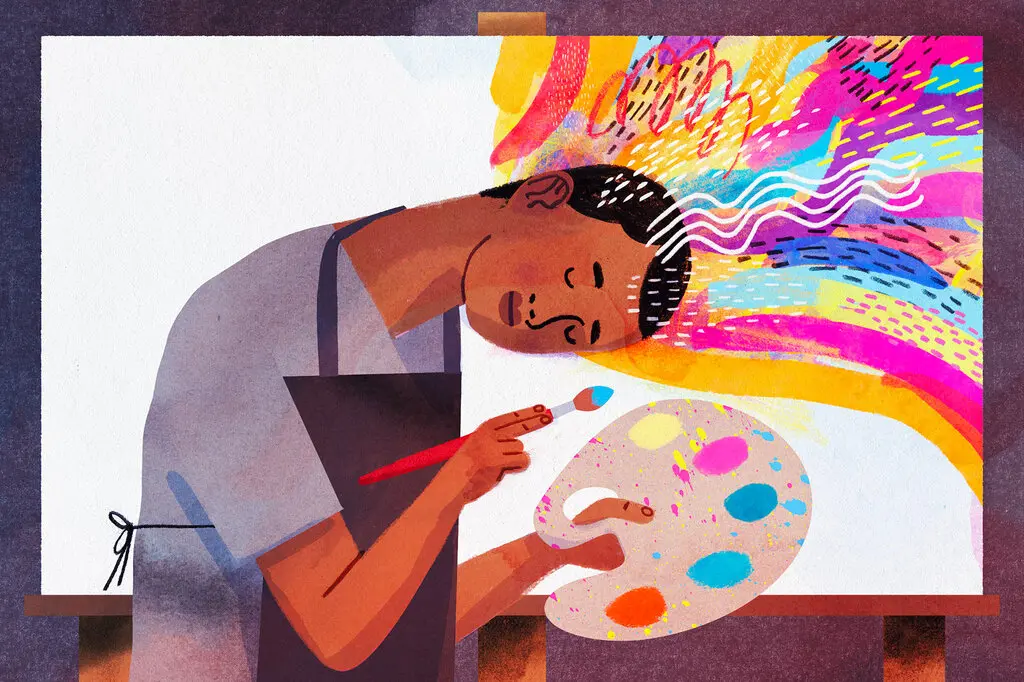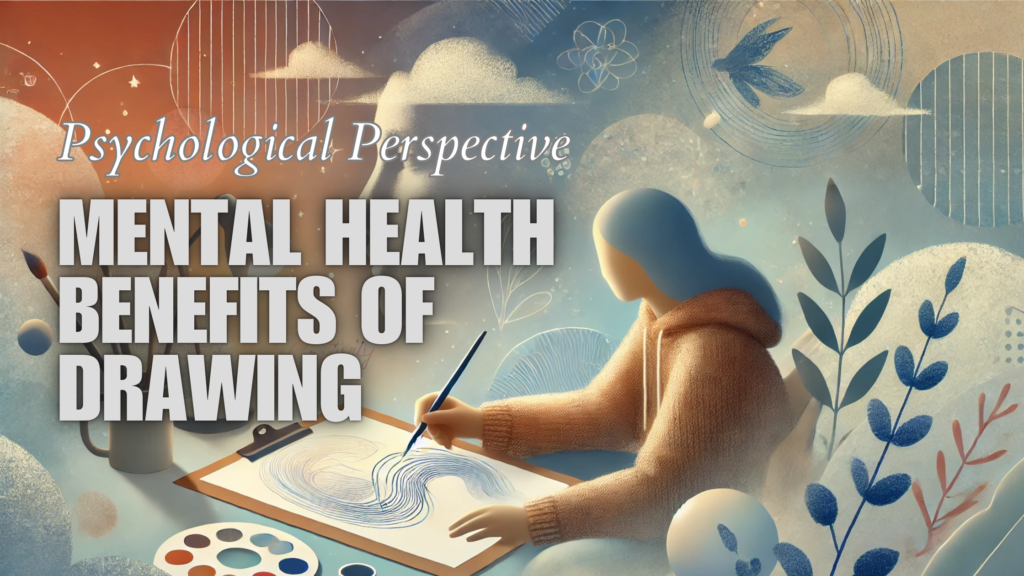Drawing isn’t just about putting pencil to paper-it’s a powerful tool for improving mental health and cognitive function. While many think of art as a hobby, engaging in drawing offers significant psychological benefits that go beyond creative expression. Whether it’s through improving emotional intelligence, boosting cognitive skills, or helping individuals process their emotions, drawing plays a vital role in mental wellness. In this blog, we’ll explore how drawing, particularly using methods like grid drawing, can foster a deeper connection with oneself and enhance emotional and mental health.As we delve into the relationship between drawing and psychology, we’ll cover how drawing can enhance emotional intelligence, the debate of whether drawing is a learned skill or an innate talent, and how the brain processes art. Furthermore, we’ll look into how techniques such as photo to sketch conversion and photo drawing can serve as tools to better understand and express emotions.
Drawing and Emotional Intelligence: How Art Helps Process Emotions
Drawing is much more than just a creative outlet; it can be a therapeutic way to process emotions. Engaging in art offers a safe space for individuals to express their feelings, thoughts, and experiences that may be difficult to articulate in words. As people immerse themselves in their artwork, they begin to connect more deeply with their emotions, which is a key aspect of emotional intelligence.
Research shows that the act of drawing requires focus and mindfulness, allowing individuals to clear their minds and focus on the present moment. Whether sketching a simple image or using a more complex grid drawing method, the practice of drawing encourages emotional reflection. Over time, this leads to greater emotional awareness and the ability to manage emotions effectively.
Drawing also allows individuals to step into others’ shoes by interpreting and expressing feelings visually. This practice can enhance empathy, a fundamental component of emotional intelligence. As people engage with their art, they become more attuned to their emotional states, which in turn fosters empathy for others’ feelings. For instance, when an artist sketches a portrait or a scene from their life, they are visually interpreting their experiences and emotions, creating a bridge between self-awareness and empathy.
In conclusion, drawing is an excellent way to enhance emotional intelligence. Whether through abstract art or using a photo drawing technique, engaging in the creative process helps individuals connect with their feelings, build empathy, and ultimately improve emotional health.
The Debate: Is Drawing a Learned Skill or an Innate Talent?
One of the most common questions people ask about drawing is whether it’s something people are born with or something they can learn. This debate has sparked many discussions in the art world and among psychologists. Some believe that drawing is an innate talent, while others argue that it’s a skill that can be developed with practice and dedication.
Psychologically, the idea of talent versus learned skill affects motivation and self-esteem. Those who believe in the concept of innate talent may feel discouraged if they don’t show immediate proficiency. On the other hand, those who view drawing as a learned skill often approach it with a mindset that growth is possible through effort and practice. This mindset is essential for personal development, as it encourages individuals to persist even when faced with challenges.
The grid drawing method is a perfect example of how anyone can learn to draw, regardless of their starting point. This technique, which involves breaking down an image into smaller sections, makes the drawing process more manageable and helps individuals focus on specific details. Even beginners can create impressive drawings by using this method, demonstrating that drawing is indeed a skill that can be learned over time.
In conclusion, while some individuals may have a natural aptitude for drawing, it is clear that drawing is a skill that can be developed. By approaching it as a practice, rather than a talent, individuals can build their abilities, boost their self-esteem, and experience the psychological benefits of art.

The Brain and Drawing: How Art Engages Cognitive Processes
Drawing is more than just a creative act; it actively engages various cognitive processes in the brain. When individuals draw, they’re not only using their hands but also activating regions of the brain responsible for visual processing, memory, and problem-solving.
The process of creating art involves complex coordination between different areas of the brain. As people translate an image into a drawing, their brain must process shapes, proportions, and spatial relationships. This requires both logical thinking and creative visualization, which strengthens the brain’s cognitive abilities. Techniques like photo sketching highlight the importance of these cognitive processes. By converting a photograph into a sketch, individuals enhance their ability to analyze and simplify complex visual information.
Additionally, the act of drawing improves focus and concentration. The brain’s prefrontal cortex, responsible for decision-making and attention control, becomes more active as individuals decide where to place each line and shape. This mental engagement strengthens attention span and cognitive flexibility, skills that are beneficial in many areas of life.
In conclusion, drawing is not just a form of artistic expression; it is a cognitive workout. By engaging different parts of the brain, drawing boosts mental function, improves focus, and enhances memory. Whether through photo to sketch techniques or traditional methods, drawing sharpens the mind and fosters overall cognitive health.
Embracing the Psychological Benefits of Drawing
Drawing has long been recognized as an enjoyable hobby, but its psychological benefits are undeniable. From enhancing emotional intelligence to boosting cognitive function, engaging in drawing can improve mental health in numerous ways. As we’ve explored, drawing provides a space for individuals to process their emotions, develop empathy, and strengthen their cognitive skills. Whether you’re a beginner or an experienced artist, the act of drawing offers both personal growth and artistic development.For those looking to dive deeper into the world of art and explore techniques like grid drawing or photo drawing, tools like GridSketcher can provide useful features to assist in transforming your photos into beautiful sketches. So, why not embrace the psychological benefits of drawing today?


